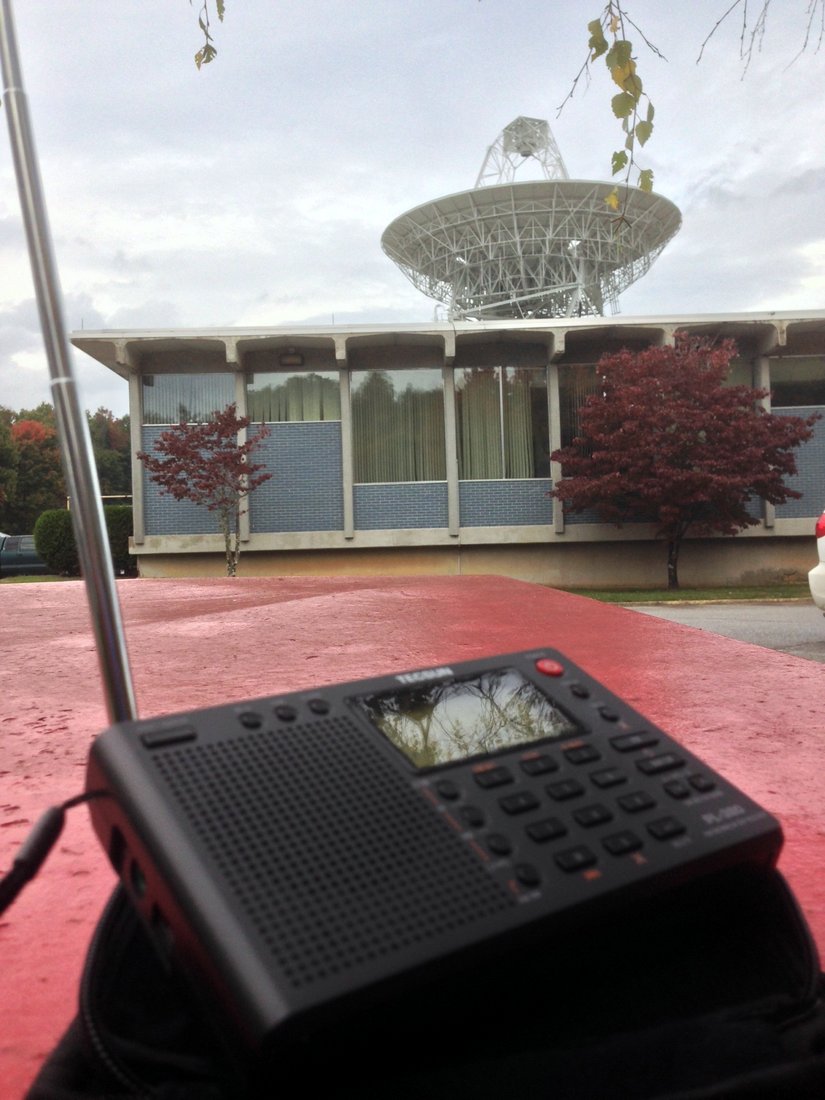Radio Waves: Stories Making Waves in the World of Radio
Welcome to the SWLing Post’s Radio Waves, a collection of links to interesting stories making waves in the world of radio. Enjoy!
Many thanks to SWLing Post contributors Paul, and Dennis Dura for the following tips:
Ford to drop AM radio in new models, except commercial vehicles (Detroit Free Press)
Ford Motor Co. plans to stop putting AM radio in new gas-powered and electric vehicles beginning in 2024, including the all-electric Mustang Mach-E and F-150 Lightning pickup, the Detroit Free Press has confirmed.
“We are transitioning from AM radio for most new and updated 2024 models,” Ford spokesman Wes Sherwood told the Free Press. “A majority of U.S. AM stations, as well as a number of countries and automakers globally, are modernizing radio by offering internet streaming through mobile apps, FM, digital and satellite radio options. Ford will continue to offer these alternatives for customers to hear their favorite AM radio music, news and podcasts as we remove amplitude modulation — the definition of AM in this case — from most new and updated models we bring to market.”
Commercial vehicles will continue to offer AM radio because of longstanding contract language, Sherwood said.
Drivers often turn to AM radio for live traffic updates and weather reports, as well as emergency communication. [Continue reading…]
The history of the Hornby AM radio site, our oldest operational transmission site (CBC/Radio-Canada)
Did you know that one of our AM radio stations can also be used as a bunker? What’s more, the opening of this station was of such importance that King George VI addressed the nation during its inaugural broadcast in December 1937? Considered an engineering feat in its time, the Hornby AM radio site is the oldest transmission site owned and operated by CBC/Radio-Canada. Here are some interesting facts.
Listen to the King’s First Empire Christmas Greeting:
A little bit of history
Located in Hornby, Ontario, this AM radio site was built in 1937 for the CBL radio service (the ancestor of CBC Radio One) one year after the creation of CBC/Radio-Canada. The station contained a 50-kilowatt transmitter and a 640-foot tower, making it the tallest structure in Canada from 1937 to 1954. That’s more than twice the height of Big Ben (Elizabeth Tower, London).
Already a technological feat in itself, the site then added a second radio service (CJBC) in 1944 and became one of the rare AM sites to broadcast two services from one tower. The joint CBL-CJBC signal was so powerful that people could hear the program simply by putting an ear on nearby wire fences.
All about the bunker
Between 1946 and 1948, Canadians were seeing the beginning of the Cold War and, with it, the threat of nuclear attacks. As a result, the site underwent a “wartime expansion” during which the existing underground bunker, a reinforced underground shelter built for protection, was installed. Continue reading





